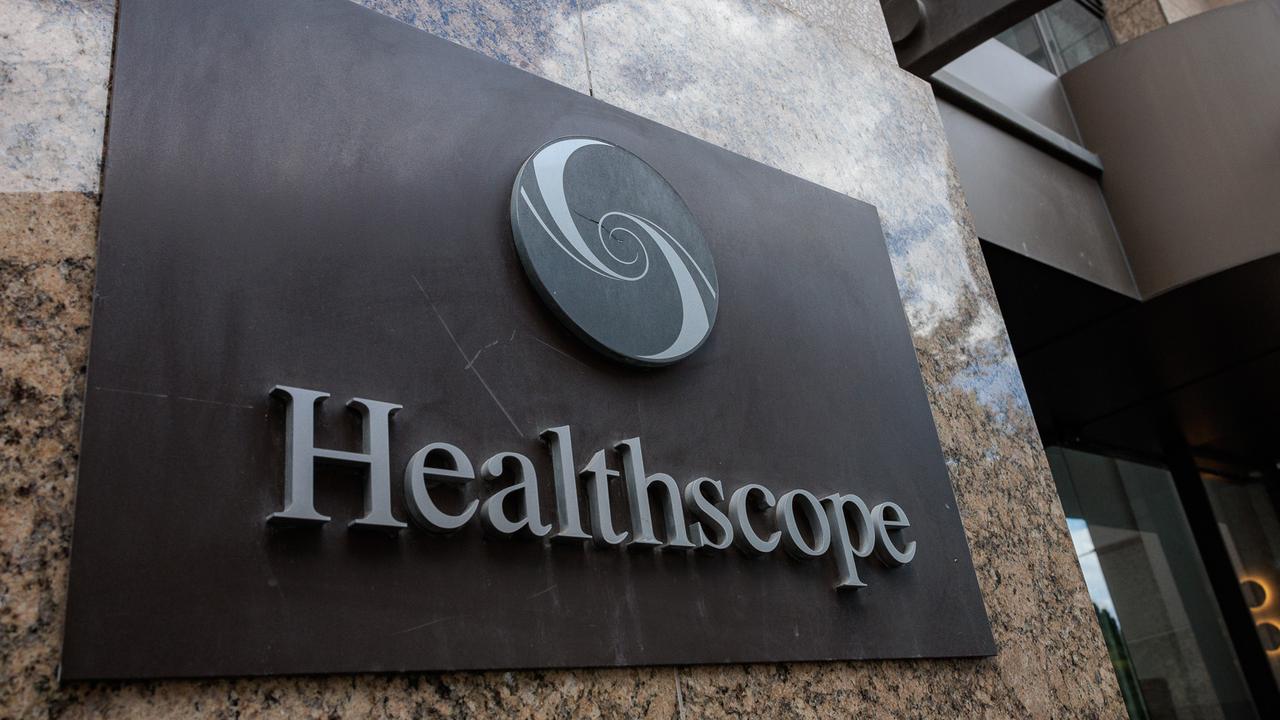Health fund premium price rises: Find the best deal
You could be paying up to $6000 a year more than you should for health insurance, an investigation has found. Search our health fund calculator to find the best deal.
Health Funds
Don't miss out on the headlines from Health Funds. Followed categories will be added to My News.
Exclusive: Australians are paying up to $6000 a year more than they should for health insurance, an investigation has found.
Some health funds have raised premiums by up to 18 per cent this month – well above the 3.73 per cent average approved by Health Minister Mark Butler.
Our analysis of family gold policies show the difference between the most expensive premium and the lowest is $403 a month in NSW; $476 in Victoria; $452 in Queensland; $398 in South Australia; $497 in Tasmania, $492 in the NT and $344 in WA.
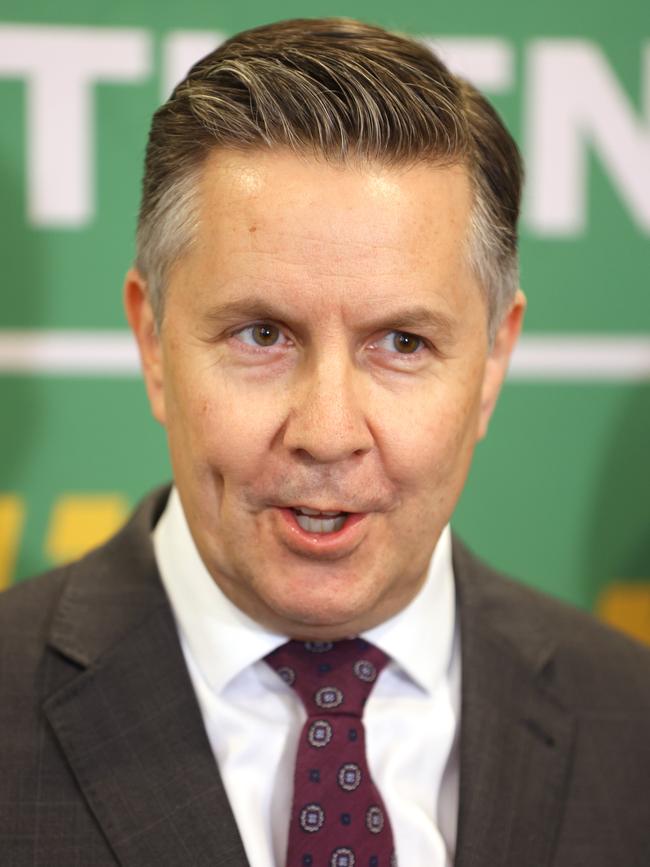
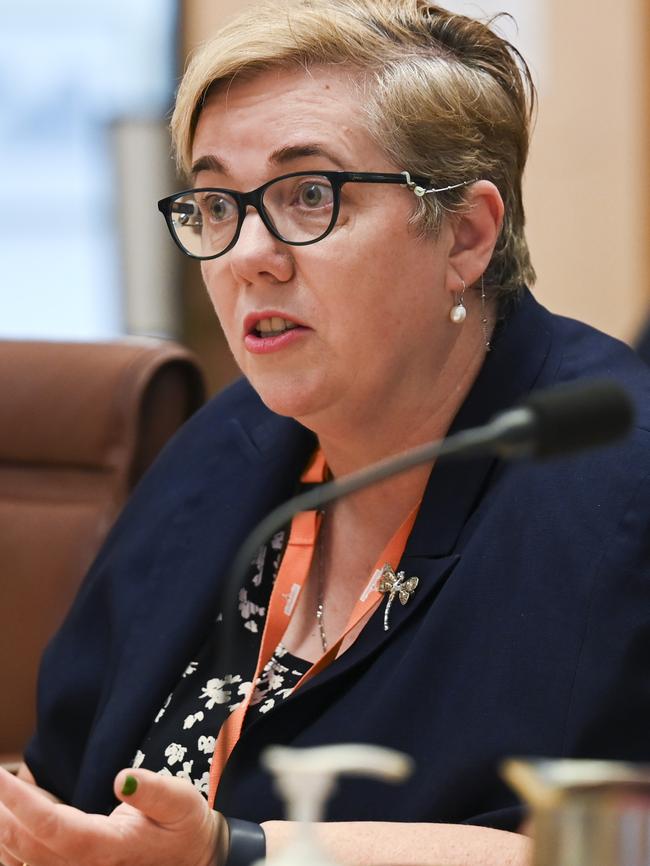
The most expensive family gold policy was with ahm health insurance in Victoria with a monthly premium of $948.60 and the cheapest was $258.88 with Teachers Health in the NT.
Plans underwritten by nib Health Funds Ltd had the largest increase in premiums in every state.
In every state and territory we found more than 50 silver plus and silver policies – the most popular policies in the market – that were more expensive than gold ones.
Our special health fund tool, which you can find online, can help you find the cheapest single and family products open to the general public.
Overall the cheapest plans were dominated by mutual funds, such as Teachers Health, Navy Ltd and ACA Health Benefits Fund, restricted to those working in the relevant sectors.
From the data, six of the top 10 providers with the biggest increases were for-profit, although the Police Health Fund, a not-for-profit which only provides gold plans, upped premiums the most (9.56 per cent on average). Nevertheless, it was still one of the cheapest.
Two of the cheapest mutual funds — St Luke’s and Mildura Health — do not restrict membership.
Private Healthcare Australia CEO Dr Rachel David said the cost of gold policies rose the most because more people with those plans make claims.
“This is a clear downside of the government regulating such a rigid product tiering system, which clusters all the risk into one pool,” Ms David said.
But Australian Private Hospitals Association CEO Brett Heffernan argued that health insurers were “gouging its members” and “providing them with less and less”.
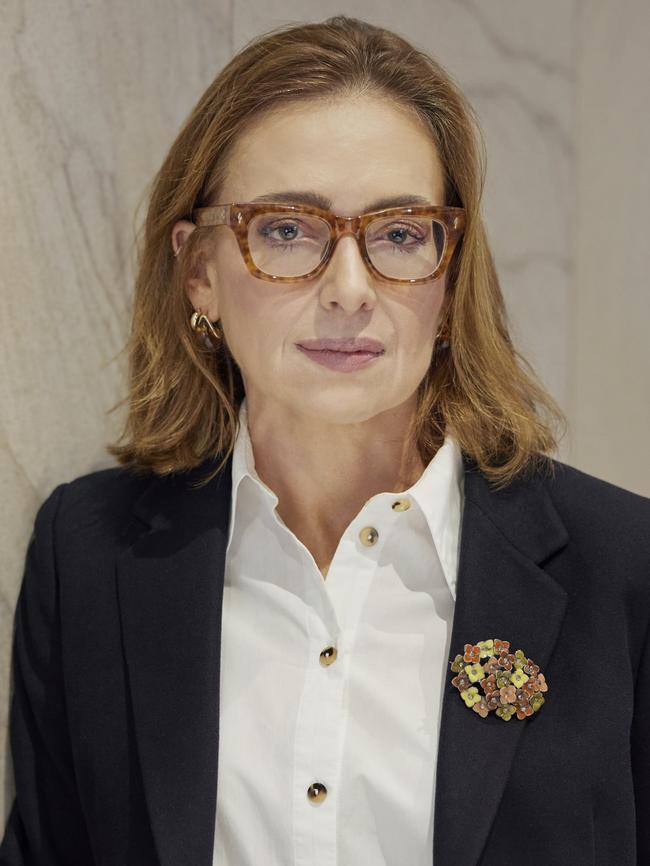
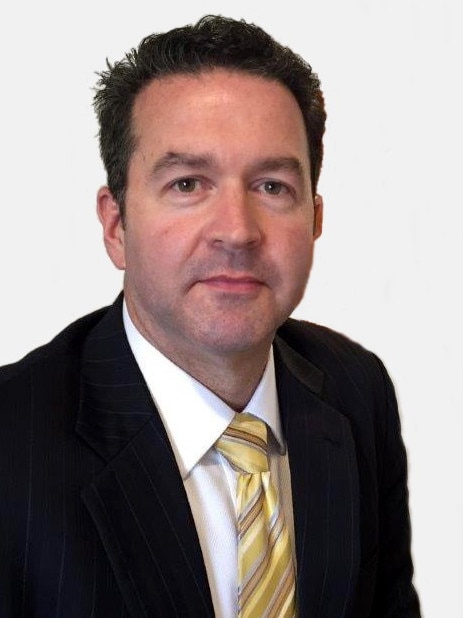
“A lot of Australians would be shocked to know that the massive premiums that they are paying right now are being squirrelled away as record profit rather than passing it on to the hospitals who are providing the care in the first place,” Mr Heffernan said.
Meanwhile, many young people are simply ditching private health or choosing basic cover because of the expense.
New parents Hannah Hogarth, 30, and Daniel Willis, 35, opted for a $125 basic cover policy only before starting a family, as it allowed them to avoid the Medicare levy surcharge and they knew it would take them a while to fall pregnant due to fertility concerns.
The put money they saved into IVF – and the odd holiday – instead, having Clementine, aged seven weeks, and son Darcy, who tragically died last year at just two weeks. In total they spent $25,000 on IVF at Women’s Health Melbourne under the care of Dr Raelia Lew, now Medical Director at Melbourne IVF.
“We knew there could be fertility issues and it could take a while,” Ms Hogarth said. “We thought we could be paying this for years and not reap the benefits. We thought, ‘Do we want to pay $600 a month or save that money?’”
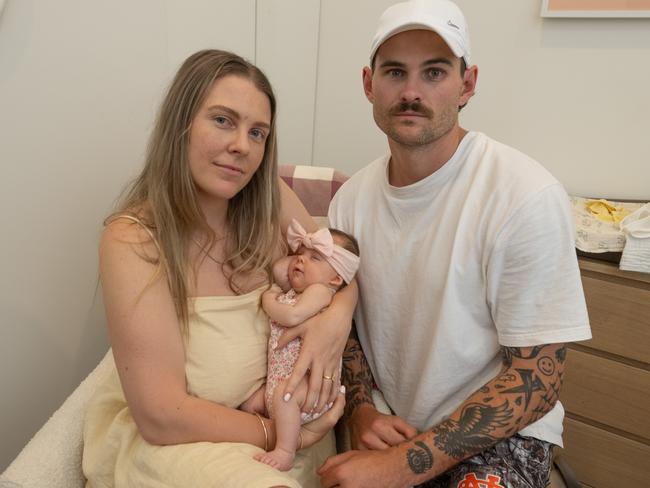
A spokeswoman for nib defended higher premiums on some of its plans saying it had “focused on keeping lower cost cover more affordable” with more than 25,000 policyholders receiving “a discount or no increase on their current premiums”.
Shadow Health Minister Anne Ruston said the Health Minister must explain why “he signed off on this significant hit to their household budgets at a time when they can least afford it”.
Minister Butler said a number of insurers were originally seeking premium increases of about six per cent, which he rejected.
He said he had been “determined to squeeze out of the insurers the best outcome, in patients’ interests”.
Consumers Health Forum of Australia CEO Elizabeth Deveny said it was a good time for people to re-assess their plans.
Matthew Koce, CEO of the umbrella body for not-for-profit mutual health funds, said not for profits don’t have to generate returns for shareholders or overseas investors, so are able to keep premiums lower than would otherwise be the case.
‘When shopping around, always talk directly with a health insurance fund,” Mr Koce said. “Commercial online comparator websites can be helpful but if you read the fine print, you will see they don’t compare all insurers and may not even display every policy on offer by those insurers they do feature.”
The contact details for all the not for profit and member owned health insurers can be found on the Members Health website at membershealth.com.au/our-funds/.
More Coverage
Originally published as Health fund premium price rises: Find the best deal



